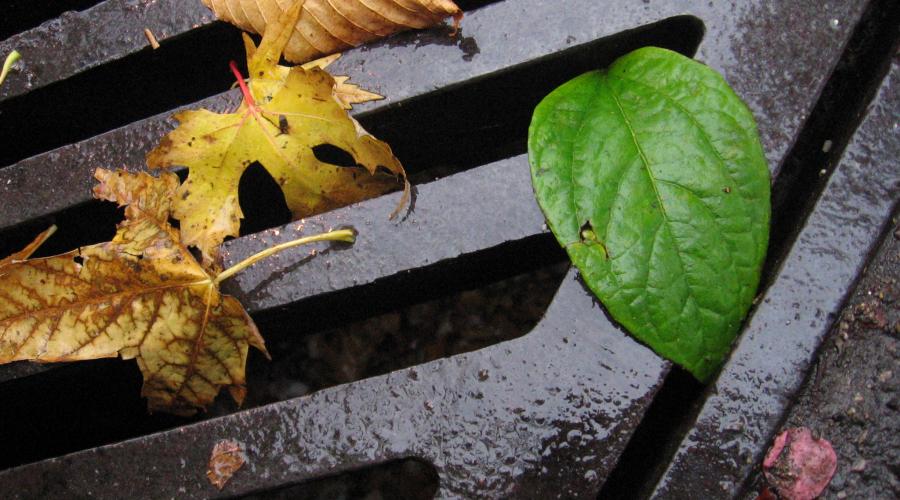
“Designing with nature” to manage rainwater helps maintain healthy streams and healthy communities. West Coast has developed resources to support local governments in implementing green infrastructure approaches.
As part of our work to help make our cities greener and more liveable, West Coast has for many years supported policy and regulation to implement green infrastructure for urban rainwater management. Using green infrastructure means restoring and protecting natural hydrologic processes.
In many urban areas, much of the falling rain hits roofs, pavement and other impermeable surfaces before being directed down drains and pipes. This water washes contaminants from roads and driveways into streams during storm events. Conventional drainage infrastructure is expensive to build and maintain, and its capacity may not be adequate for the more intense storm events that many cities can expect in a changing climate.
“Designing with nature” involves reducing impermeable surfaces, and allowing rainwater to sink into the ground where it falls. Both natural and engineered features can help improve rainwater management – such as trees, good thick layers of topsoil, bioswales and rain gardens.
Implementing green infrastructure requires coordination at three levels: watershed, neighbourhood and site. West Coast has developed several resources to assist local governments.
To learn more, please see:
- The Green Infrastructure Guide: Issues, Implementation Strategies and Success Stories
- The Partnership for Water Sustainability in BC
Photo: Jon Hayes